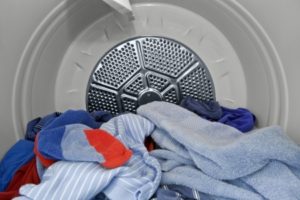 Most Americans who own a home have a washer and dryer tucked away in a laundry room. In the late 1990’s, The U.S. Consumer Product Safety Commission estimated that roughly 75 percent of American households had either a gas or electric dryer. A dryer has become an essential appliance for many people, but it can also constitute a fire hazard if it isn’t properly maintained. That same study also found that dryers caused more than 15,000 fires across the U.S. in the sample year 1996, and caused more than 300 injuries and 20 deaths.
Most Americans who own a home have a washer and dryer tucked away in a laundry room. In the late 1990’s, The U.S. Consumer Product Safety Commission estimated that roughly 75 percent of American households had either a gas or electric dryer. A dryer has become an essential appliance for many people, but it can also constitute a fire hazard if it isn’t properly maintained. That same study also found that dryers caused more than 15,000 fires across the U.S. in the sample year 1996, and caused more than 300 injuries and 20 deaths.
Fortunately, there are steps you can take to prevent your dryer from becoming a fire hazard.
You can start by making sure you clean out your lint screen or lint trap after every single dryer use. The vent and exhaust duct should be inspected and cleaned periodically as well. Never place any rags or clothing items with gasoline, cooking oil or other volatile organic compounds on them in the dryer. Doing so could be catastrophic.
When moving into a home, be sure to have a home inspector take a look at the dryer to make sure it’s in good condition. If the home inspector has any reservations about the dryer, you should then either work with the home seller to have a new dryer installed, or inquire about what kinds of repairs will need to be made to ensure the dryer is safe and fully functional.
If you’re thinking about buying a new home, the experienced professionals at First Choice Inspectors can conduct a thorough inspection to identify a variety of potential safety issues. Give us a call or contact us online today to learn more.
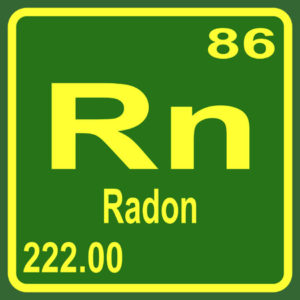 There are plenty of things to check off your to-do list before you buy a new home. One thing that many homebuyers neglect to do, however, is get a radon inspection before they move in. It can be easy to forget, but radon inspections are very important, particularly if you live in an area that’s prone to radon exposure.
There are plenty of things to check off your to-do list before you buy a new home. One thing that many homebuyers neglect to do, however, is get a radon inspection before they move in. It can be easy to forget, but radon inspections are very important, particularly if you live in an area that’s prone to radon exposure.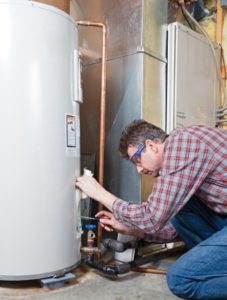 If you have a hot water heater that is more than 10 years old, it’s probably time for you to think about replacing it. Your typical tank water heater is only meant to last for about a decade, and while you might get a little bit more life out of it than that, you should be prepared for a water heater replacement once your water heater turns 10. There are also a few other signs that will tell you it’s time to replace your old water heater. Check them out below.
If you have a hot water heater that is more than 10 years old, it’s probably time for you to think about replacing it. Your typical tank water heater is only meant to last for about a decade, and while you might get a little bit more life out of it than that, you should be prepared for a water heater replacement once your water heater turns 10. There are also a few other signs that will tell you it’s time to replace your old water heater. Check them out below.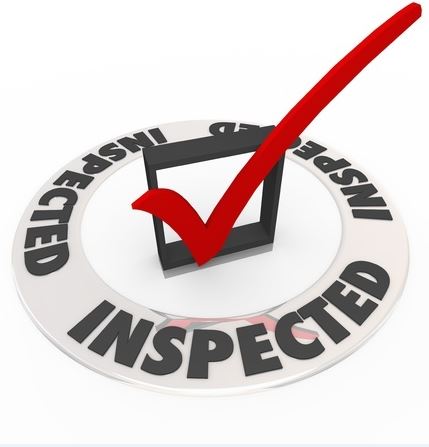 When is the last time you had your home inspected? Most likely, it has been a long time since a professional looked it over, and that’s typical. But if you’re thinking of putting your home on the market, you should consider having First Choice Inspectors conduct a thorough inspection. Yes, you as the seller should get your home inspected. This is a proactive move on your part that can be used to more effectively market and sell the property. It’s like getting a “seal of approval” from an objective source. Furthermore, it allows you, the seller, to discover any problems that need repairs before they become a bone of contention in the negotiation process.
When is the last time you had your home inspected? Most likely, it has been a long time since a professional looked it over, and that’s typical. But if you’re thinking of putting your home on the market, you should consider having First Choice Inspectors conduct a thorough inspection. Yes, you as the seller should get your home inspected. This is a proactive move on your part that can be used to more effectively market and sell the property. It’s like getting a “seal of approval” from an objective source. Furthermore, it allows you, the seller, to discover any problems that need repairs before they become a bone of contention in the negotiation process. What can you expect during your home inspection? Typically your home inspector is a professional man who knows a lot about homes. He will give the home you’re interested in a thorough examination, much like a doctor checks a patient.
What can you expect during your home inspection? Typically your home inspector is a professional man who knows a lot about homes. He will give the home you’re interested in a thorough examination, much like a doctor checks a patient. Foreclosed homes can typically be bought for a “better” price than a non-foreclosed home. Think about it this way: the home, at one time, was utilized and loved. Now, however, it’s most likely owned by a bank just looking to get rid of it. This could be a very good deal for the right buyer.
Foreclosed homes can typically be bought for a “better” price than a non-foreclosed home. Think about it this way: the home, at one time, was utilized and loved. Now, however, it’s most likely owned by a bank just looking to get rid of it. This could be a very good deal for the right buyer.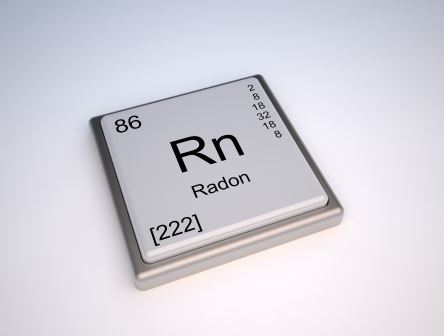 Just like carbon monoxide, you cannot see, smell or taste a radioactive gas called radon.
Just like carbon monoxide, you cannot see, smell or taste a radioactive gas called radon. Chicago is known as “The Windy City,” and indeed it is. Wind as well as the sometimes brutal winter weather can really take its toll on area roofs.
Chicago is known as “The Windy City,” and indeed it is. Wind as well as the sometimes brutal winter weather can really take its toll on area roofs.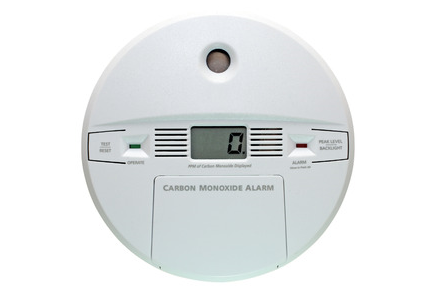 When owning a home, there are many cautions that should be taken to keep you and your family safe. Carbon monoxide, an odorless, colorless toxic flammable gas, is often emitted as part of the fumes of fuel. Difficult to detect, this poisonous gas can be leaked from cars, stoves, fireplaces, grills, furnaces and more. Many people believe that carbon monoxide build up is primarily a concern in the winter months when doors and windows are closed, but deadly levels can build up in the summertime, too.
When owning a home, there are many cautions that should be taken to keep you and your family safe. Carbon monoxide, an odorless, colorless toxic flammable gas, is often emitted as part of the fumes of fuel. Difficult to detect, this poisonous gas can be leaked from cars, stoves, fireplaces, grills, furnaces and more. Many people believe that carbon monoxide build up is primarily a concern in the winter months when doors and windows are closed, but deadly levels can build up in the summertime, too.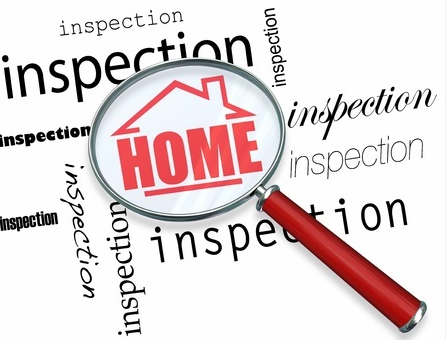 First Choice Inspectors regularly inspects homes in the Chicagoland area. A standard home inspection looks for structural or mechanical defects. An inspector is trained to look for construction mistakes and shortcuts, as well as potential problems in a home.
First Choice Inspectors regularly inspects homes in the Chicagoland area. A standard home inspection looks for structural or mechanical defects. An inspector is trained to look for construction mistakes and shortcuts, as well as potential problems in a home.